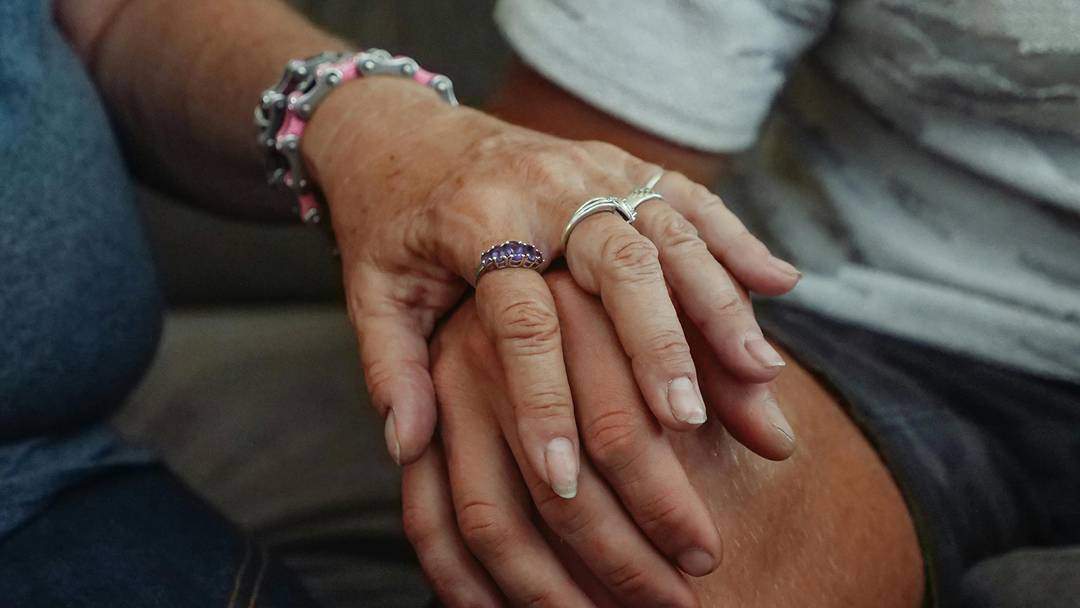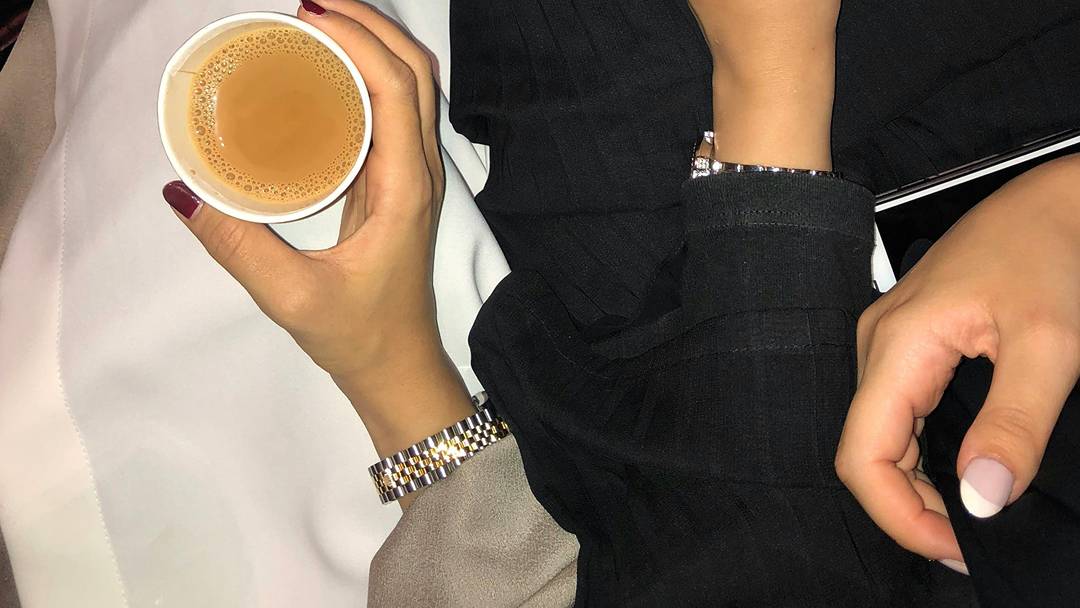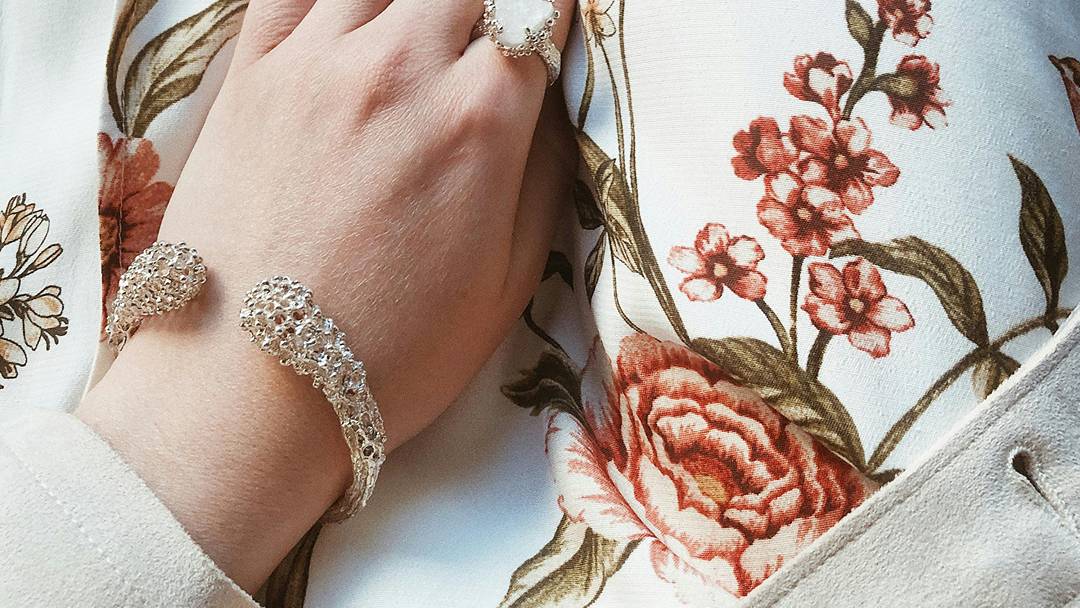
How to Make a Diamond Friendship Bracelet for Any Occasion
I’ve always loved crafting, especially when it’s something I can wear or give to a friend. Making a diamond friendship bracelet is one of those hands-on projects that’s both relaxing and meaningful. If you've ever tried one before, you know how satisfying it is to see the diamond shapes form as the pattern comes together.
You don’t need fancy tools or experience to start. What matters most is following each step with patience. In this guide, I’ll walk you through everything from setting up your threads to tying your last knot so you can finish your bracelet with pride and confidence.
What You’ll Need to Begin
Before anything else, gather a few materials. You won’t need much just embroidery floss, tape or a clipboard, and a flat surface. Choose at least four different colors of thread. It helps to pick shades that contrast so the diamond shapes pop once your pattern takes shape.
If you’ve ever seen an iced bracelet for men, you know how eye-catching the pattern and symmetry can be. While this isn’t made with metal or gems, a diamond friendship bracelet gives off a similar bold look using thread and color alone. I usually cut each strand about 30 inches long. That gives you enough length to knot comfortably and still have extra for tying at the end. Once you've chosen your colors, line them up in a repeating sequence to make the pattern symmetrical.
How to Set Up Your Base
Let’s talk about setup. Tie all your threads into one knot at the top, leaving a few inches of loose ends for the final tie-off. Tape the knot to a table or clip it to a board so it stays still while you work. Trust me, that part matters more than it sounds.
Now, spread the threads out in the order you planned. You should have a mirrored sequence, meaning the threads go out and then back in like red, blue, green, yellow, yellow, green, blue, red. This keeps the diamond shape centered as you knot row by row.

Learning the Knots
To build the diamond pattern, you’ll only need two basic knots: the forward knot and the backward knot. If you’ve made friendship bracelets before, you probably know these by heart. If not, don’t worry they’re easy.
The forward knot starts with the left thread going over the one to its right. Pull the end through the loop and tighten it. Do this twice on the same pair to finish the knot. The backward knot works the same way but in reverse start from the right side and loop left.
Creating the First Rows
Once you know the basic knots, it’s time to start shaping your bracelet. I begin by knotting from both ends inward. Start with the outermost threads and make your way to the center. This approach helps you form the top half of the diamond with neat lines that meet in the middle.
Each row should shrink as you go down. Think of it like a triangle pointing down. You're slowly narrowing the space between colors. When the center threads meet, tie them together with either knot. That forms the tip of the diamond and locks the shape into place.
Building the Bottom Half of the Diamond
Here’s where things shift. After you complete the triangle pointing down, the bottom half begins to take shape as an inverted triangle. That means you start building outward again, going from the center back toward the sides.
Use the same thread pairs, but in the opposite direction. It’s the same knots just mirrored steps. I usually pause here to check alignment. If your threads match up correctly, you’ll see a clear diamond outline starting to form. That’s when it gets fun.
Keeping Your Pattern Consistent
It’s easy to lose track once you get going. I like to talk to myself or count out loud “one, two, three” as I work through each side. It keeps my hands steady and reminds me which direction I’m knotting. If one knot goes the wrong way, it’s easy to tell.
Consistency matters in both color and direction. Double knots help hold everything in place, but the wrong sequence can still shift the whole design. So take a second every few rows to make sure the pattern stays lined up.
What to Do if You Mess Up
Everyone slips up. I’ve undone more knots than I can count. If your pattern looks off or the thread angles shift, it’s probably a knot facing the wrong way. Gently undo it using a needle or pin and redo it in the correct direction. Don’t pull too hard; you don’t want to fray the floss.
Sometimes it helps to step away for a minute. Take a break, let your eyes rest, then look again. You’ll spot the mistake faster with fresh eyes. And remember, one small error won’t ruin the whole thing. Your friend won’t notice unless they’re looking for it.
Adding More Rows and Diamonds
Once you’ve finished one diamond, it’s time to start the next. This is where your mirrored color setup really pays off. You’ll repeat the same steps in reverse forming the top, then bottom again and again.
Each new diamond should begin with the outer threads and move inward. As the bracelet grows, you’ll see each shape link together. It’s a simple pattern once you understand the rhythm. And the more you do it, the faster your fingers will move.
Changing Colors for a New Look
Want to switch it up halfway through? You can. Just tie in new threads and trim the old ones. Try blending colors for a fade effect, or start a new pattern using the same base. I’ve even added beads between diamonds, though that takes some extra care.
If you’re mixing colors, try not to repeat the same combinations right next to each other. Variety makes the diamonds stand out and keeps the design interesting.
How Long Should You Keep Going?
That depends on your wrist size and how tight your knots are. Most bracelets need about 5–6 inches of pattern, plus a few inches on each end for tying. I usually measure around my wrist once the pattern hits four inches, then keep knotting until it fits with a little room.
If you're giving it to someone, add an extra inch to be safe. It’s better to have too much than not enough.

Tying Off the Bracelet
Once you reach the right length, finish with a simple knot using all the threads together. You can braid the ends for a clean finish or leave them loose. Either way, make sure it’s secure. Nobody wants to lose a bracelet that took hours to make.
You can also add a button or loop if you want a reusable clasp. I’ve used both methods, and each has its perks. A loop and knot are easy to remove and put back on, while a tied knot feels more permanent.
Frequently Asked Questions
How many threads do I need to start a diamond friendship bracelet?
You’ll need at least 8 strands to form a clear diamond pattern, using mirrored colors.
Can I use yarn instead of embroidery floss?
Yarn is too thick for detailed knots. Stick with embroidery floss for better results.
How long does it take to make one bracelet?
It usually takes 2–3 hours, depending on your pace and the length you want.
Do I need to know other knots besides forward and backward?
Nope. Those two are all you need to build the diamond shapes.
What if my bracelet curls at the edges?
Try to tighten knots evenly. Uneven tension causes curling, especially with tight pulls.
Final Thoughts
If you’ve followed along, you’ve got everything you need to finish your first diamond friendship bracelet. The design might seem tricky at first, but once you find your rhythm, it feels almost automatic. Every knot adds to the full picture, and each finished diamond feels like a small win.
Crafting a bracelet like this is more than just busy work. It’s a way to pass time with purpose, a gesture you can hand to someone else, and a reminder that a few simple threads can turn into something you’re proud to share.

Comments (0)